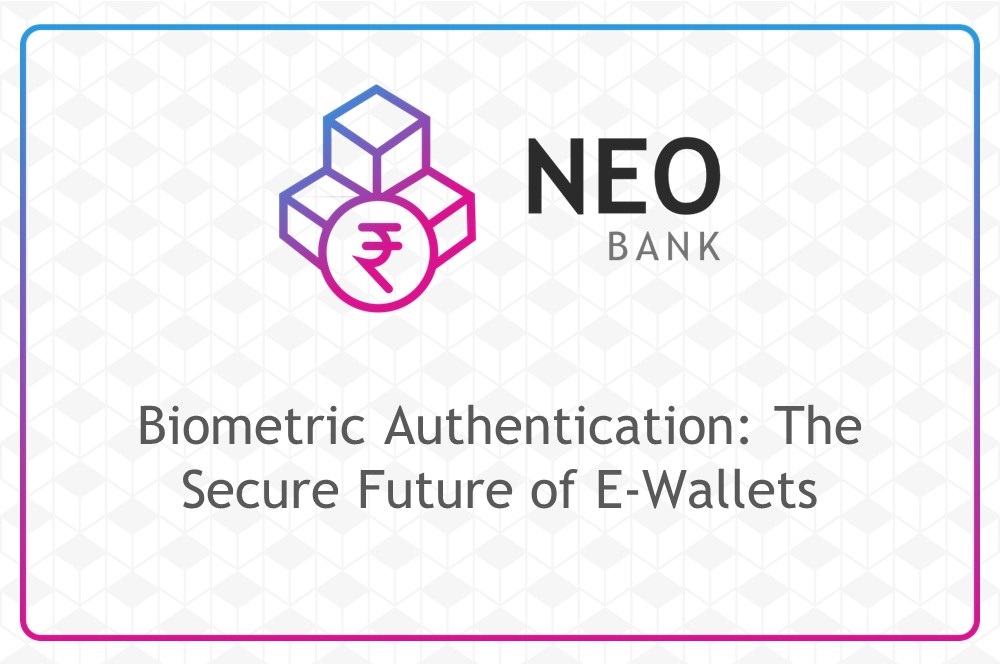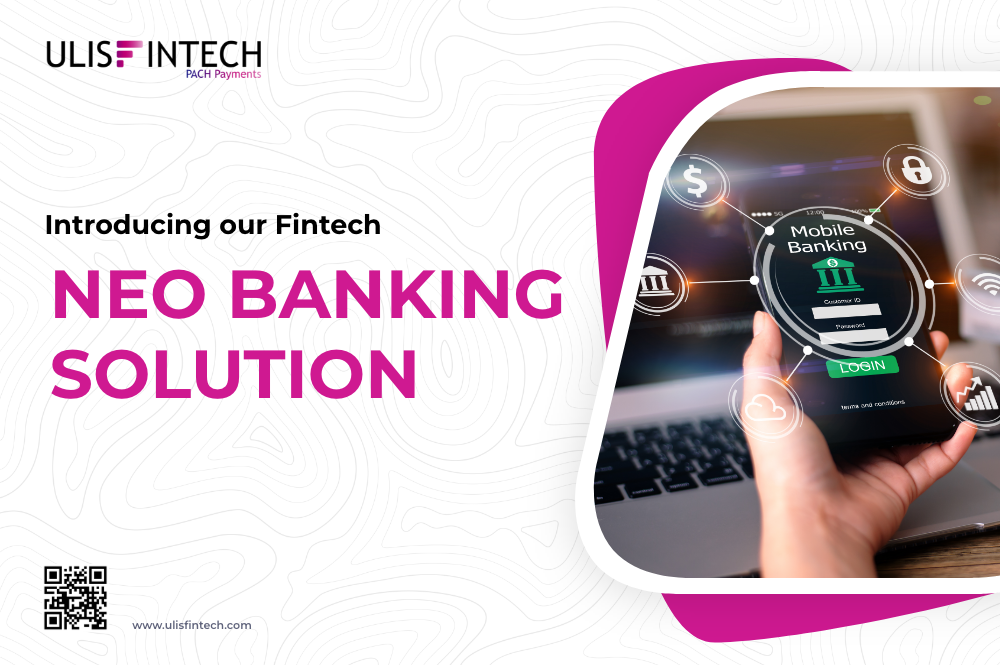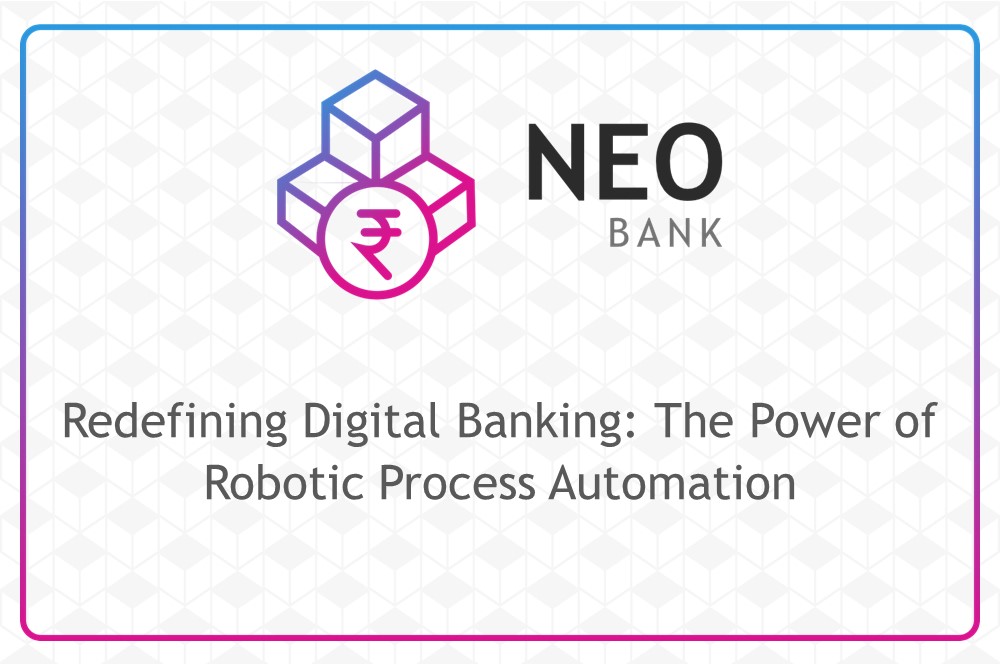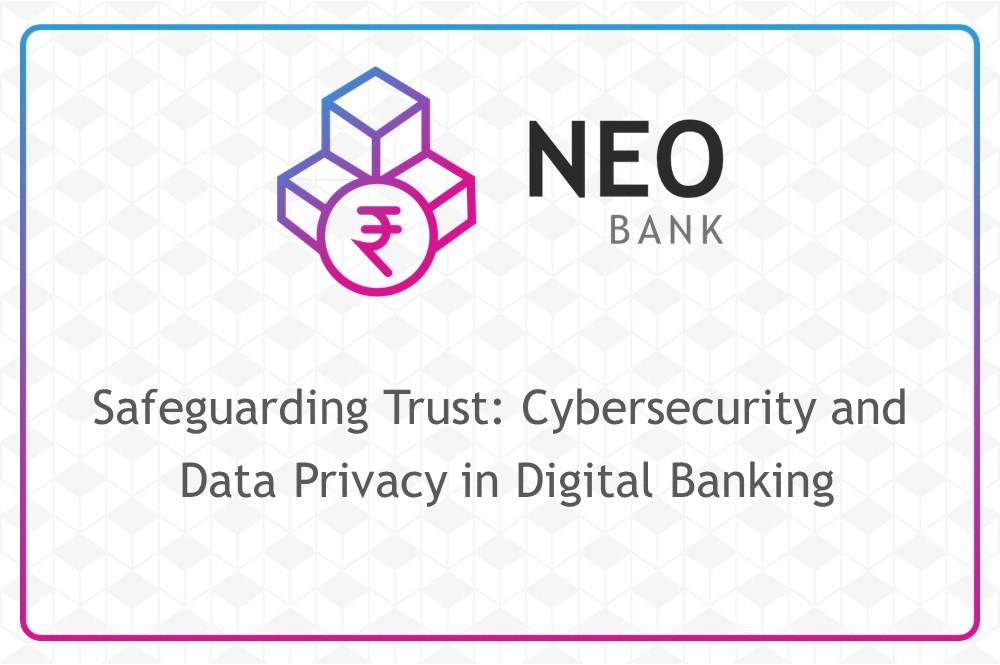Biometric Authentication: The Secure Future of E-Wallets
Dec 31, 2024 - 2 MINS READ

Biometric Authentication: The Secure Future of E-Wallets
In today's fast-paced world, convenience reigns supreme. E-wallets have emerged as a game-changer, allowing us to ditch bulky wallets and pay for anything with a simple tap or scan. But security remains a top concern. This is where biometric authentication steps in, offering a powerful solution for securing your e-wallet and safeguarding your financial information.
What is Biometric Authentication?
Biometric authentication utilizes your unique biological characteristics, such as fingerprints, facial recognition, iris scans, or voice patterns, to verify your identity. Unlike traditional methods relying on passwords or PINs, which can be easily forgotten or stolen, biometrics offer an extra layer of security that's inherent to you.
Why Biometrics for E-Wallets?
Biometric authentication brings several advantages to the e-wallet landscape:
-
Enhanced Security: Biometric data is highly unique and difficult to replicate, making it significantly harder for unauthorized individuals to access your e-wallet. Even if someone steals your phone, they wouldn't be able to bypass the biometric lock.
-
Convenience: Gone are the days of struggling to remember complex passwords. With biometrics, a simple fingerprint scan or a quick glance at your phone unlocks your e-wallet, streamlining the payment process.
-
Reduced Fraud Risk: Biometrics significantly reduce the risk of fraudulent transactions. Password breaches and social engineering attacks become less effective when a unique identifier like your fingerprint is required for authorization.
-
Improved User Experience: Biometric authentication offers a smoother and faster way to access your e-wallet. This translates to a more pleasant user experience, encouraging wider adoption of cashless transactions.
Types of Biometric Authentication in E-Wallets
Several biometric technologies are used in e-wallet authentication:
-
Fingerprint Recognition: This popular method utilizes the unique patterns on your fingerprints for verification. It's widely available and considered a reliable authentication method.
-
Facial Recognition: Facial recognition uses your facial features to identify you. While convenient, it can be less secure in certain lighting conditions or with similar-looking individuals.
-
Iris Scans: Iris scans analyze the unique patterns in your iris for authentication. This method offers high security but might be less prevalent in e-wallets due to specialized hardware requirements.
-
Voice Recognition: Emerging technology allows verification based on your voice patterns. While promising, concerns exist around background noise and potential voice imitation.
Considerations for Biometric Authentication
While biometrics offer significant benefits, some considerations need to be addressed:
-
Security of Stored Data: The secure storage of biometric data is crucial. E-wallet providers need robust security measures to prevent breaches and unauthorized access.
-
User Acceptance: Not everyone might be comfortable using their biometrics for financial transactions. Building trust and addressing user concerns is essential for wider adoption.
-
Potential for Errors: Biometric systems can experience occasional errors due to factors like sensor limitations or environmental conditions. Backup access methods like PINs should be available.
Conclusion
Biometric authentication is undoubtedly the future of secure e-wallets. It offers a robust layer of security, enhanced convenience, and a seamless user experience. As technology advances and user concerns are addressed, biometric authentication is poised to revolutionize the way we manage our finances and interact with the digital world.







